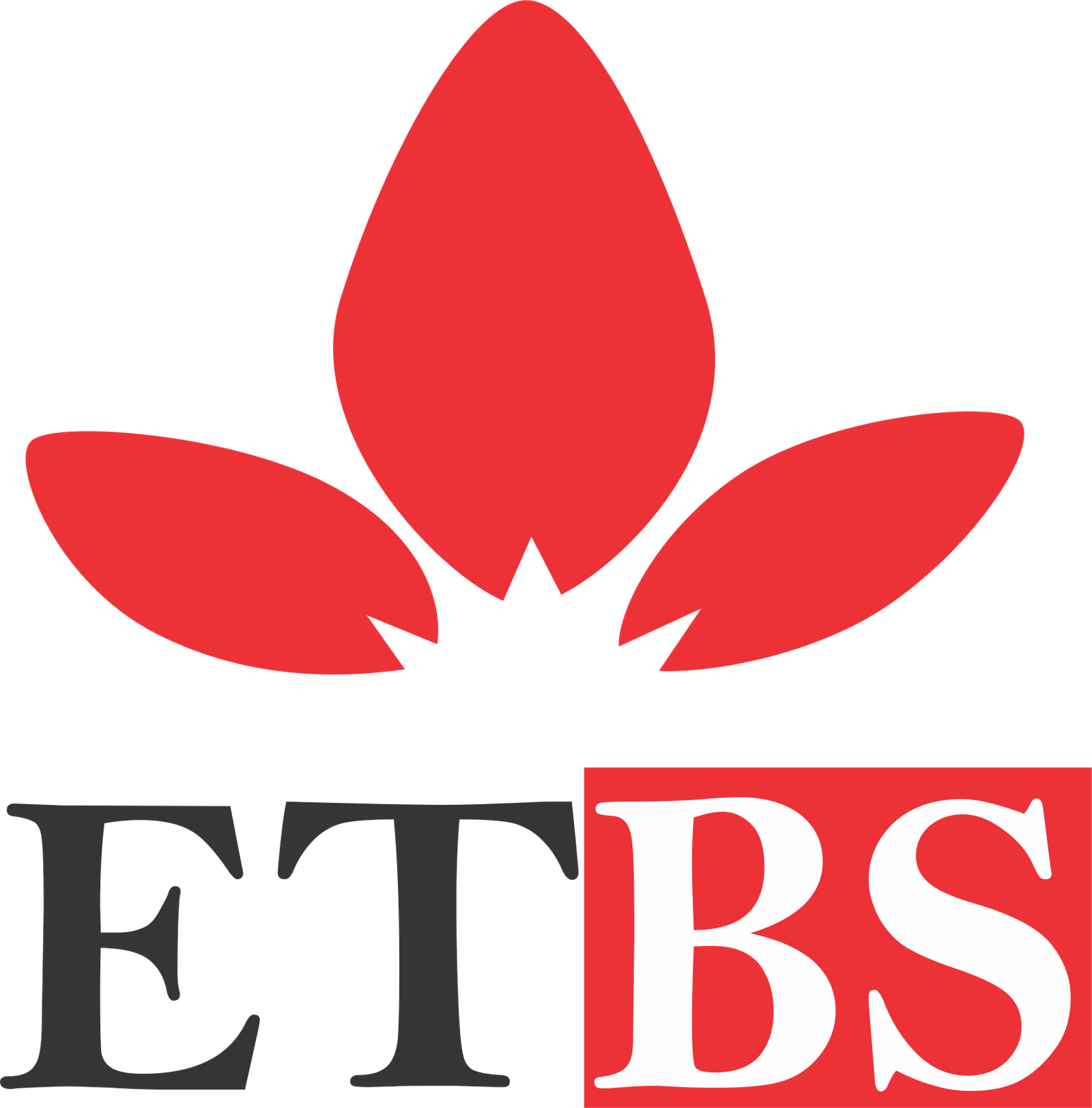 EarthTab Business School
EarthTab Business School
☰
|

No video link available for this topic.
Below you’ll find an exhaustive, practical, and strategic overview: why the subject matters, who it’s for, learning outcomes, a module-by-module breakdown (with advanced topics and hands-on activities), assessment structure, tools & resources, capstone project, measurement, and career pathways. Why this course matters Visual identity is the fastest, most repeatable signal of brand promise. When done well it amplifies trust, recall, and conversion; when done poorly it fragments perception and degrades value. Visual systems scale ; they must perform equally well on a storefront, an app, a social ad, packaging and a tiny favicon. Designing for scale requires rigorous systems thinking, not only taste. Contemporary brands must align aesthetic decisions with inclusion, accessibility, platform constraints, and global cultural nuance. This course makes that advanced practice explicit and teachable. Target audience & prerequisites Ideal for: brand designers, graphic designers, art directors, creative leads, marketing managers, product designers, entrepreneurs, and communications strategists. Prior knowledge: basic visual design principles (composition, color, typography), familiarity with at least one design tool (Figma, Illustrator), and an understanding of basic marketing/brand strategy. Recommended foundation: one year of professional design/marketing experience or completion of an introductory branding/design course. High-level learning objectives By the end of the course, you will be able to: Translate brand strategy into a coherent, scalable visual identity system that supports business objectives. Design logos, color systems, typographic systems, iconography, motion language, photography approaches, and layout systems with rules for cross-platform consistency. Create a professional brand style guide and governance process for internal teams and external partners. Measure visual identity impact using qualitative and quantitative brand metrics. Present, defend, and iterate identity work to stakeholders and integrate it into product & marketing workflows. Apply accessibility, cultural sensitivity, and ethical design principles to global branding. Pedagogy & learning activities Studio practice: weekly design labs with live critique (instructor + peer). Case deconstruction: advanced semiotic and business analysis of global and indie brands. Production workshops: hands-on sessions in Figma/Illustrator and motion in After Effects or similar. Guest critiques: industry creative directors, brand strategists, packaging experts. Research journals: short analytical essays linking design choices to outcomes. Peer review: structured feedback rounds using rubrics. Assessments & measurable deliverables Weekly micro-assignments (logo thumbnail studies, palette creation, typography scales). Mid-course project: brand application for a real or hypothetical product (packaging + social templates). Final capstone (see below). Participation: crits, peer reviews, and discussion posts. Rubrics measure: strategic alignment, originality, accessibility, consistency, scalability, technical craft, and documentation quality. Capstone project (industry-grade) Design a complete visual identity system for a real or simulated client: includes strategy→brief→logo suite→color & type systems→ imagery bank→component library (web + social)→motion language→brand book (print + digital)→launch plan→measurement plan. Deliver a presentation to stakeholders, a condensed one-page brand summary for executives, and an archive of production assets. Evaluation rubric highlights: strategic clarity (20%), craft & execution (25%), system thinking & scalability (20%), accessibility & inclusivity (10%), documentation & governance (15%), presentation & defense (10%). Tools, platforms & production stack Design: Adobe Illustrator, Photoshop, After Effects (motion), and Figma. Prototyping: Figma, Framer. Asset management & brand ops: Frontify, Bynder, Brandfolder, or a combination of Figma libraries + cloud storage. Color & type tools: Color safe, Contrast Checker, WhatFont, Typewolf, Google Fonts, and Font licensing resources. Versioning & handoff: Zeplin, Figma Inspect, or developer handoff plugins. Analytics: Google Analytics, brand tracking tools (YouGov, Qualtrics), and A/B testing platforms. Readings, references & resources (recommended) Alina Wheeler — Designing Brand Identity Marty Neumeier — The Brand Gap and Zag David Airey — Logo Design Love “Don’t Make Me Think” by Steve Krug — for usable visual systems Articles and research on color psychology, typography, and cross-cultural semiotics (selected academic & industry papers). Curated case libraries: Brand New (Siegel+Gale archives), Identity Designed, and real brand rebrand reports. Case studies to work with (course library) Apple — minimalism, system, and product → identity integration across hardware + retail + packaging. Nike — iconography, motion, and cultural codes; bold usage of visual shorthand. Airbnb — brand evolution, global cultural sensitivity, and community trust signals. Sephora / Glossier / Local indie brand — compare beauty industry identity language and community resonance. A small rebrand case — analyze a failed or problematic rebrand for learning. Measuring visual identity impact (KPIs & research methods) Quantitative: aided & unaided brand recall, logo recognition tests, engagement lift on creative A/B tests, CTR changes on ad creative, conversion rate uplift, share of voice in social. Qualitative: perception interviews, focus groups, semiotic analysis, sentiment analysis on imagery + copy. Operational metrics: time-to-market for assets, production errors, adherence to brand guidelines across teams. Ethics, accessibility & cultural sensitivity Ensure accessibility: color contrast, type sizes, alt text, language clarity. Avoid cultural appropriation; teach cross-cultural audits for color, imagery and symbol choices. Explain legal implications: trademarks, IP licensing, image releases, and model releases. Suggested cadence / sample 12-week schedule Weeks 1–2: Modules 1–2 (strategy & briefs) Weeks 3–4: Modules 3–4 (color & type) Weeks 5–6: Modules 5–6 (logos & imagery) Weeks 7–8: Modules 7–8 (layouts, motion, microcopy) Weeks 9–10: Module 9 (systems & governance) + midterm project Weeks 11–12: Module 10 (launch & measurement) + capstone delivery (Each week: 4–6 hours of studio + 2–4 hours of readings/assignments) Career outcomes & business applications Completing this course helps position you for roles such as: Brand Designer, Visual Identity Designer, Art Director, Brand Strategist, Creative Director, Design Systems Lead, Packaging Designer, and Product Designer with brand focus. Employers range from agencies and startups to enterprise brand teams. Deliverables you’ll leave with A professional capstone brand book (print + digital PDF) ready for portfolio presentation. A Figma/Illustrator asset library with logo suite, tokens, and templates. A short brand launch playbook and measurement plan with KPIs. A professional pitch deck and stakeholder presentation. Final notes how this course is advanced This course emphasizes systems thinking, measurable outcomes, cultural and ethical literacy, and production readiness. You won’t just make pretty pictures; you will build resilient identity systems that survive real business constraints, global audiences, and platform fragmentation. Expect critique, iteration, and a portfolio-grade capstone that demonstrates both thinking and craft. I Look Forward To Congratulating You Upon Completion Of This Course.Course Overview:
Welcome To EarthTab Business School. My Name Is Camila Gomez And I Will Be Your Course Preceptor For The Course, Visual Identity And Brand Aesthetics.
This course, Visual Identity and Brand Aesthetics, is an advanced, practice-forward program that teaches how to conceive, design, document, and govern a visual identity system that meaningfully connects to audience psychology, business strategy, and cross-channel execution. The course treats brand visuals as a strategic asset not decoration and trains you to operate at the intersection of design craft, semiotics, consumer psychology, and measurable business outcomes.

Unlocking Professional Potential through world-class assessments and industry-ready training.
"Empowering Professionals through practical, accessible online business education"
- Blessing Princess Agho
 Founder/Lead Instructor
Founder/Lead Instructor